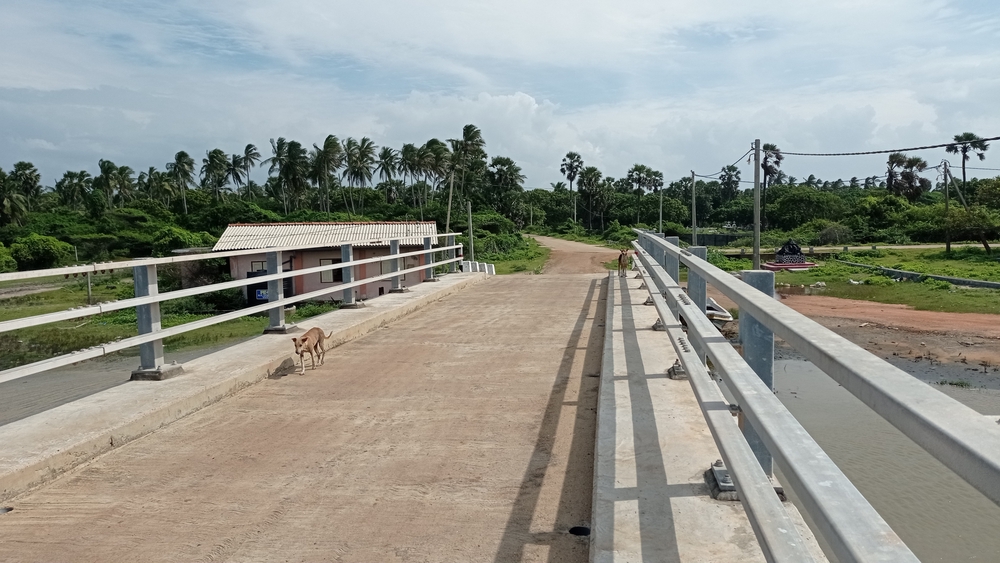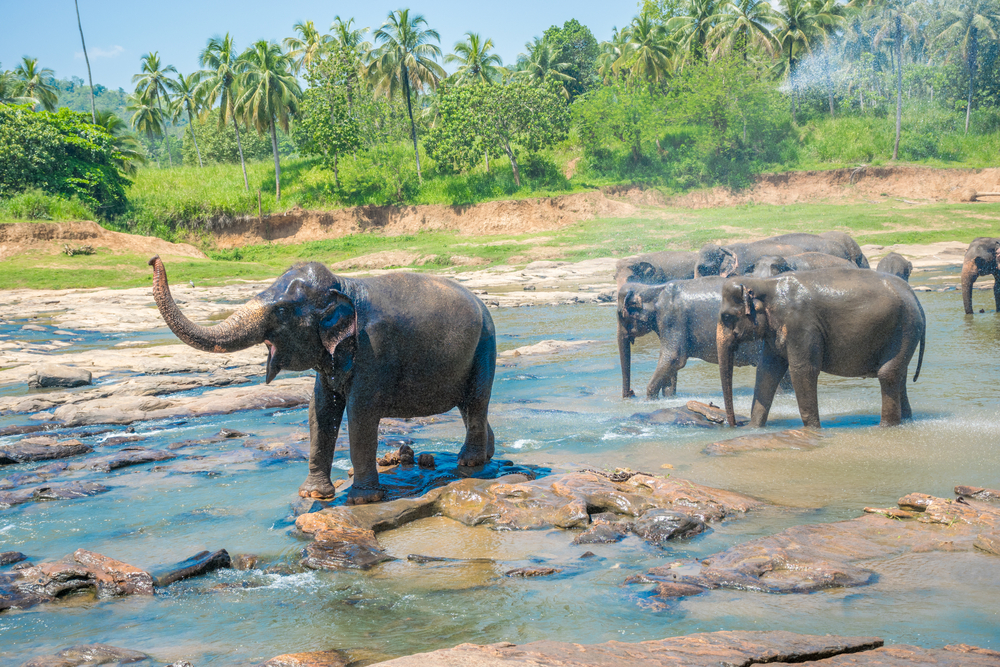Adam’s Bridge Marine Overview
Adam’s Bridge Marine National Park, locally known as Adams Bridge Thurai Kaadugal in Tamil, is a remarkable marine reserve located in the Palk Strait between India and Sri Lanka. Covering an area of approximately 19.17 square miles (49.66 square kilometers), this park forms part of the Gulf of Mannar Biosphere Reserve, one of the world’s richest regions in terms of marine biodiversity. The park gets its name from Adam’s Bridge, also known as Rama’s Bridge or Ram Setu, a historic chain of limestone shoals that connects India’s Rameswaram Island to Sri Lanka’s Mannar Island.
The terrain of Adam’s Bridge Marine National Park is predominantly marine, interspersed with shallow lagoons, coral reefs, sandbanks, and rocky outcrops. Its shimmering waters host seagrass meadows and mangroves, which provide an essential ecological foundation for the marine life that thrives here. Coral reefs, like those found near the park, act as natural barriers against erosion and storms, further underscoring their importance. The park is dotted with uninhabited islets and sandbanks that emerge during low tide, offering a stunning view of pristine wilderness surrounded by crystal-clear waters.
The park is a sanctuary for an incredible array of wildlife, with its biodiversity rooted in both terrestrial and marine ecosystems. Marine species such as the green sea turtle (Chelonia mydas), hawksbill turtle (Eretmochelys imbricata), and olive ridley turtle (Lepidochelys olivacea) are often spotted along the shores and in the waters. The area is also home to dolphins, dugongs, and numerous species of reef fish, crabs, and mollusks. Birdlife abounds, making the park a haven for avian enthusiasts. Visitors can observe migratory birds like flamingos, pelicans, and herons that frequent the region, while resident species such as terns and ospreys are also commonly sighted.
Visitors to Adam’s Bridge Marine National Park are often captivated by its natural beauty and unique experiences. The clear waters are perfect for snorkeling and scuba diving, allowing for close encounters with vibrant coral reefs and colorful marine life. Eco-tours and guided boat rides provide opportunities to explore the delicate ecosystems of the park. During low tide, the sandbanks offer a surreal walking experience, creating a bridge-like illusion connecting India and Sri Lanka. The park is also a spiritual destination, as it is associated with the Hindu epic Ramayana, where the bridge is said to have been built by Lord Rama’s army.
The park’s conservation efforts have seen some success, especially in safeguarding endangered species like sea turtles and dugongs. However, challenges remain, including the impacts of climate change, illegal fishing practices, and the degradation of coral reefs. The local community plays an active role in preserving this fragile ecosystem, with education and awareness programs fostering sustainable tourism and conservation. Collaborative initiatives between governments and environmental organizations continue to strive for a balance between human activity and ecological preservation.











































































